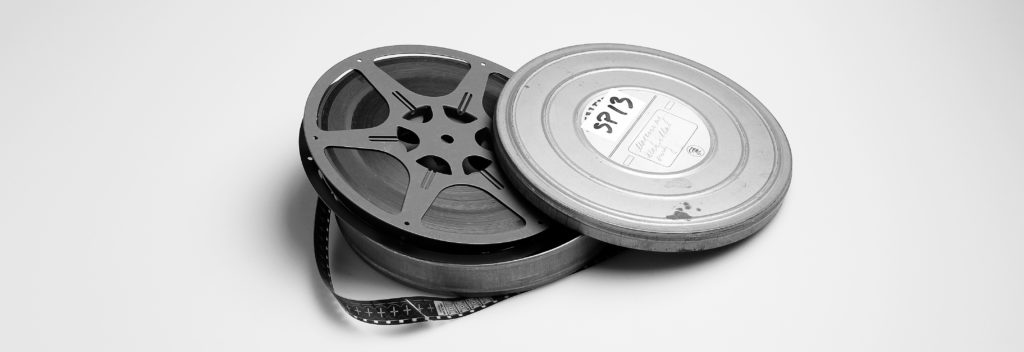
Among other things we talked about learning. And like most medical students, his process had come to involve video at 2-3x speed. What was more interesting is how it had come to influence his non-medical media consumption. YouTube viewing had come to 2x+ speed as well. The pace of 1x had become too slow. His mind, he conceded, just couldn’t quite attend.
How did this happen? The answer’s involved, I suspect. It’s important to recognize, however, that it’s the medical education process that changed personal media habits in this case.
Marshal McLuhan suggested that it’s the environment that changes people, not technology. I suspect this is true when it comes to doctors.
Medical students are expected to achieve mastery by the 20th century standards. Shaping doctors has become a mashup of dated educational processes forced by an unknowable volume of constantly changing know how. So we force learning at 2x speed.
Change will come when preparing doctors shifts from memorizing to accessing medical knowledge. Intelligence augmentation will play a key role when the tools evolve and once we concede that we should let the machines do the things they do well.
Until then expect to see medical students memorizing longer lists and pushing the limits of video at 4X speed.
Image via Flickr/DRs Kulturarvsprojekt.